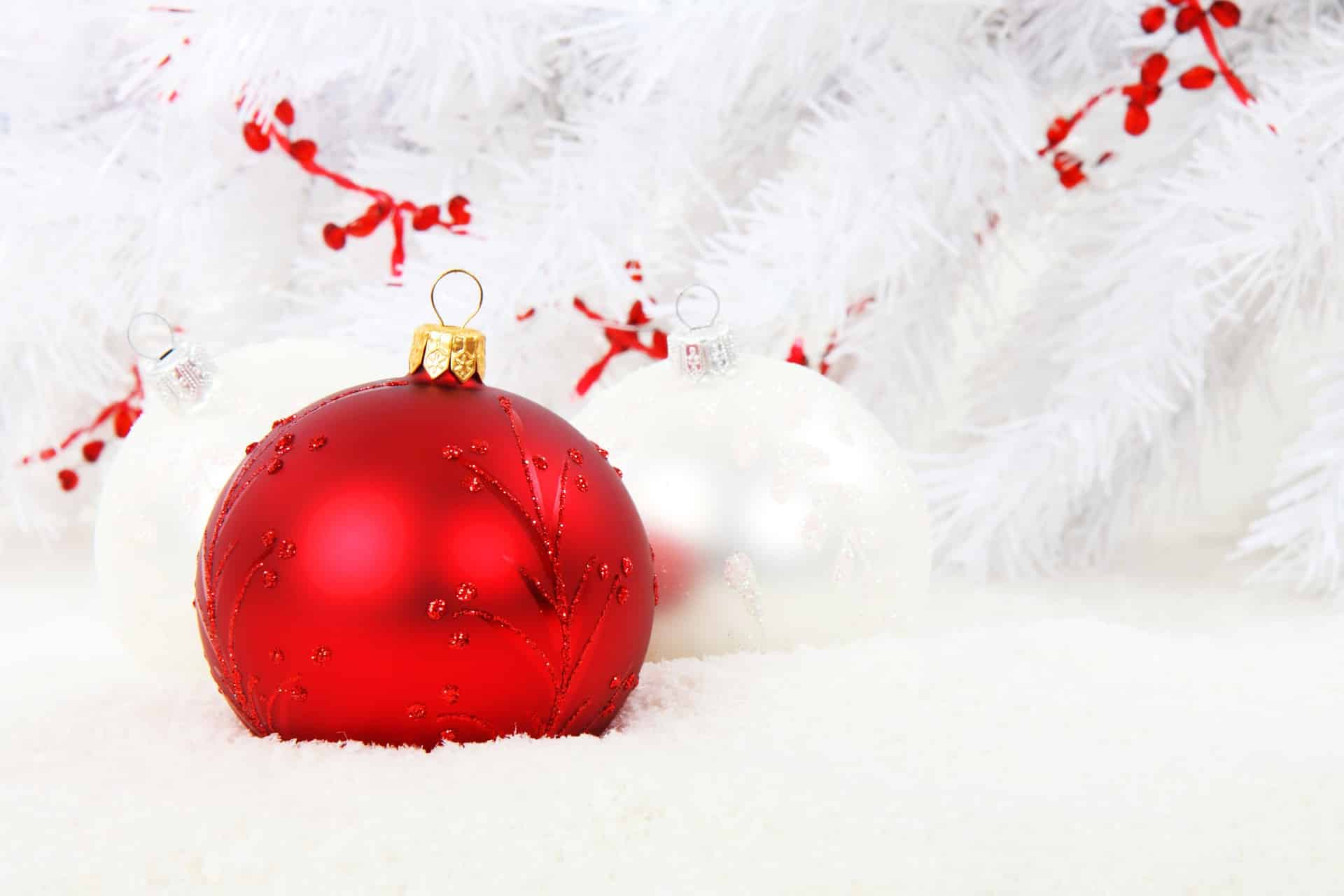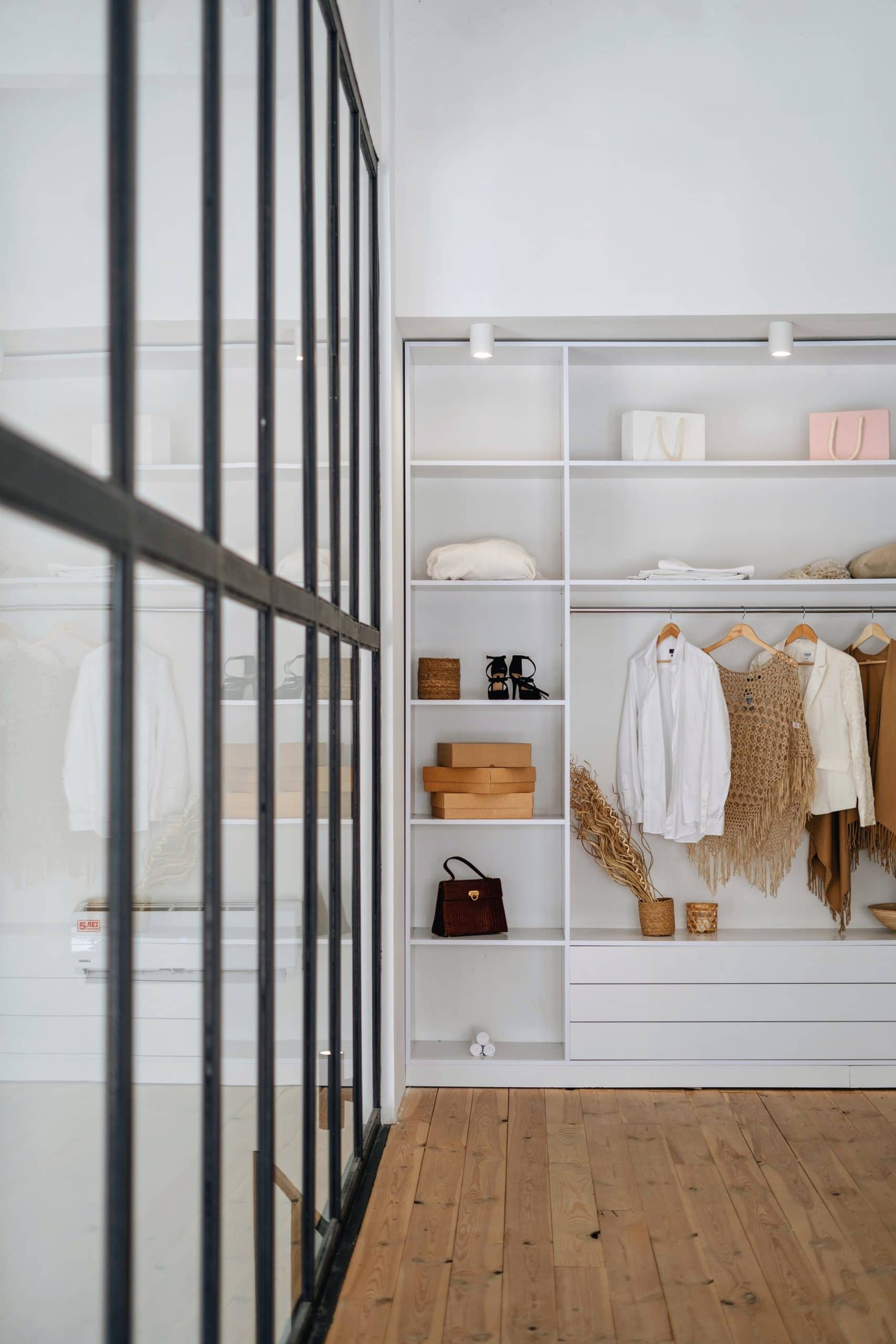27th March 2023
Are you planning on bringing home a new pet? One of life’s greatest joys is getting a new pet, but doing so can also be a trying experience due to the amount of responsibility and planning involved. It is natural for both you and your new animal to feel anxious when meeting you and the rest of the family, as well as when moving into a new house and adjusting to its new environment. You can take steps to make sure that your new pet is secure, healthy and happy on the big day as well as in the many years to come if you take the time to plan carefully and take a few basic steps.

Choose the right spots in your home.
While your new animal will be thrilled and more than likely a little anxious about moving to a new home, you need to be prepared for the possibility of a few accidents happening for the first few days at least. You need to find a place for your new pet’s bed, food and water bowls, and play areas that are easy to clean up. This may involve you moving some of your belongings into self-storage to give you a little bit extra room and protect furniture and items from getting damaged through those nerve-wracking first few days and weeks. Spread newspapers all around the area and leave them there for a few days to help with the accident clean up.
Many people choose to prevent their animal, whether it is a dog or cat or even a house rabbit from accessing certain places by closing them off with baby gates. By doing this, you have the opportunity to teach your new animal which areas of the house are off limits to them.
Check for dangerous products and areas.
Do a thorough search of the rooms in your home where you store things like shoes, dirty clothes, cosmetics and any other personal care items that may be in the reach of your dog or cat. Keep dangerous items out of reach from your pet by putting them out of reach in higher shelves, putting them away in drawers or putting them behind locked doors. If lack of secure storage space is an issue, a self-storage issue could be the answer. Remember, some animals, especially dogs, get a kick out of chewing on people’s belongings and are drawn to anything that has an interesting odour!
If you have a fireplace, you should think about protecting it (and the animal) by placing a fireguard or grate in front of it. If your new pet tends to be overly inquisitive, you may find that you need to restrict access to the room in which the fireplace is situated.
Put all of your cleaning supplies, chemicals, tools, plastic bags, and sharp items out of reach in cabinets or up on shelves that your dog cannot get to. This is especially important if you have n inquisitive young puppy!
Take off any small objects from tables and sideboards that your new pet could potentially get their paws on. The very last thing you want is an expensive vet bill for a sick dog that has chosen to chew on or even swallow, or knock them off and break them.
Put important items out of reach, such as expensive table lamps and vases, as well as items that are used regularly, such as television remotes, iPads, and wires. If they are not used very often, box them up for now and store them in a secure self-storage facility, where they will be safe and out of the way. It also gives you much more space in your home!
Be sure to take away any food that is stored on low shelves or snacks that are left out on tables. Keep in mind that many items that are safe for humans to eat, such as chocolate, raisins, grapes, and onions, can be fatal for dogs. Make sure that your animal is unable to access any food waste containers or rubbish bins by installing safety latches.
If you want to prevent your dog or cat from being tempted to gnaw on the leaves and flowers of plants, you should remove them from the floor or put them behind furniture. Many common house plants, such as azaleas, irises, sago palms, lilies, and daffodils, can be extremely toxic to animals.
Move electrical cords and wires.
To prevent your dog or cat or house rabbit from becoming tangled up in the cords and wires in your home, bundle them up and tuck them away safely behind the furniture. If you are unable to conceal potentially hazardous wires and cords, you could consider taping them to the furniture or the walls.
You should never charge your phone or tablet or any other electrical device in sockets that are on or near the floor, and you should never leave plugs in and dangling from outlets in areas where pets can get them.
Take steps to protect older dogs and cats.
If you are interested in giving an older cat or dog a new home, it is important to consider the possibility that they may have mobility issues. You should also be aware that uncarpeted floors can also be challenging for them to navigate. Keep your new older dog or cat away from rooms that have hard and slippery floors such as the kitchen and bathroom, and make sure that they are comfortable by providing them with carpets or rugs that are secured and will not slide around. If this is not possible, consider buying pet boots with rubber soles that are designed specifically for older pets.
You may also want to consider putting any large pieces of unnecessary furniture into self-storage to give them more space to move about. They may be more prone to bumping in to things, so the more space that you can give them, the happier they will be.
If you have an older dog who has problems climbing the stairs without help, you can purchase pet stairs or a ramp or you can black off the stairs with a baby gate or a pet gate. Raised food bowls and warm, cosy beds can also be lovely, comforting items for older dogs and cats. If you want to help an older dog, especially bigger ones, in and out of the car, you may need to invest in a car ramp as well.
Have their food and favourite snacks ready for them in their new home
Invest in high-quality pet food, especially the kind recommended by your pet’s vet that takes into account the animal’s age. Have a package of dog or cat treats available at all times; not only are they helpful while teaching them, but some treats can also aid in the process of keeping a pet’s teeth clean.
Find out what your pet has been eating before starting to give them the food you intend to give them. It is a good idea to continue feeding the same food to your new dog or cat even when you are introducing him to different foods, especially if the animal is already used to eating a certain kind of food. Over the course of a few days or weeks, gradually raise the amount of the new food that you are giving them.
You should make sure that you are familiar with the typical eating routine of your pet. You will eventually be able to modify it so that it fits in with your own schedule as well as the feeding plan that was prescribed by your veterinarian.
Make sure you have everything that your animal needs for the indoors and outdoors.
Before you go to pick up your new animal, make sure that you have a collar and an identification tag ready for the trip home.
It does not matter where you live, you will need a lead for your dog. Because you will more than likely need to take your pet with you in and out of a vehicle, it will be quite helpful to have your dog on a lead and trained to heel in order to navigate through crowded locations safely.
Your new animal should have access to a cosy bed, the size of which should be determined by the size of the animal.
It is important to purchase a pet carrier or crate for your animal companion, as you never know when you will need to transport them. Be sure that it is suitable for the animal and is of high-quality – not all carriers and crates are created equal.
Consider the size of your animal while you are purchasing food and water bowls that are separate from one another. Some animals are very messy eaters, so it is a good idea to place a mat underneath their bowls, even though metal bowls are easier to clean. Whether going on walks or going on hikes, it is quite convenient to have a water bottle and dish that is portable for you.
You should always have a brush, a comb, shampoo, a toothbrush, and toothpaste designed specifically for dogs on hand. Toothpaste designed for humans should never be used on dogs. The earlier in life that pets are exposed to certain grooming products, the quicker they will acclimate to using them, and the better their overall health will be.
You should definitely plan on getting a few toys for your new puppy or kitten as soon as possible. Invest in some chew toys that are not only safe for your pet but also entertaining for you to play with together.
Make sure you have the appropriate and safe cleaning supplies
When you have a dog. cat or any other animal living in the house with you, you absolutely need to stock up on the proper cleaning supplies, including an odour absorber. Regardless of whether you intend for your animal to be allowed on the furniture or not, it is possible that he or she will jump up on the sofa or bed or the furniture anyway and leave their own odour behind. You should always prepare for the possibility of an accident occurring in your home by stocking up on paper towels, stain removers, and repellants. It is also a good idea to expect that an accident may occur.
While going on walks or treks, it is a good idea to invest in a “pooper scooper” and some plastic bags to carry them in. You will then be able to pick up the waste left behind by your dog and get rid of it in an appropriate manner.
Put reminders up
Before you pick up your new furry friend, you should have a conversation with your vet and schedule an appointment with them, particularly if there will not be a veterinarian examination first.
Place the phone numbers of your veterinarians and any other emergency numbers, such as after-hours emergency care, in a location that is easily accessible to all members of your family, as well as anybody who will be pet sitting or walking your dog. You should also enter these important phone numbers into your mobile phone.
Always remember to be a few steps ahead of your new pet, and always remember to do a quick sweep around the area to make sure nothing unsafe or dangerous has been left laying around. Being one step ahead of your new pet is essential. Moreover, before leaving a room, check to see that all of the doors and cupboards have been shut tightly.
You can ensure the health, safety, and happiness of your new animal by doing a small amount of preparation in your home, such as putting items into self-storage, for its arrival.




